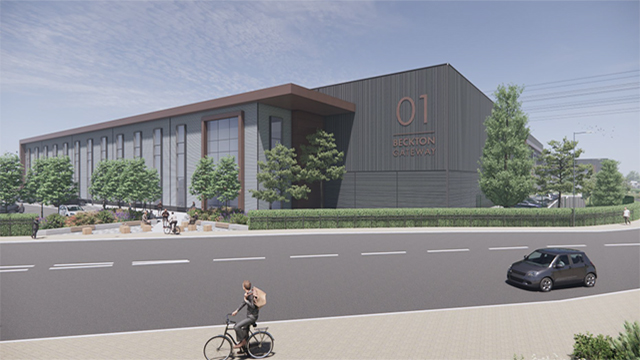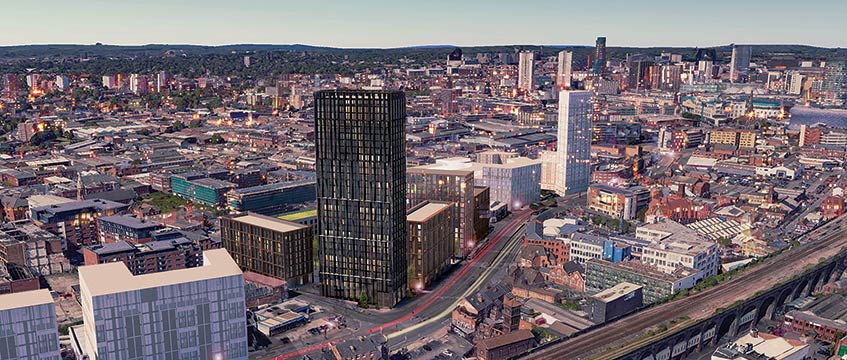Council tax – Dwelling-house – Valuation list – Respondent homeowners living near motorway – Traffic on motorway increasing – Respondents seeking lower band rate owing to material reduction in value – Whether increased traffic amounting to change in physical state of locality – Whether additional noise and fumes from increased road use giving rise to material reduction in value – Appeal dismissed
The respondents lived near a motorway. They applied to have their homes placed in a lower council tax band since the increased noise and fumes from the intensified use of the motorway had given rise to a material reduction in the value of their houses caused in whole or in part by a change in the physical state of the dwellings’ locality within section 24(4)(a)(ii) and 24(10) of the Local Government Finance Act 1992.
When the appellant listing officer refused their application, the respondents appealed to the local valuation tribunal, which found that the change in use of the motorway of which they complained could constitute a “change in the physical state of the dwelling’s locality” for the purposes of section 24(10) of the 1992 Act. It could therefore form the basis of an alteration in the valuation band.
The appellant appealed, contending that the word “physical” in section 24(10) had to be given a narrow meaning whereby the words “change in physical state” involved some physical change, such as the construction of a new road, so that a mere increase in traffic levels would not qualify. Moreover, he pointed to the fact that paragraph 2(7)(d) of Schedule 6 to the Local Government Finance Act 1998, in respect of non-domestic hereditaments, expressly extended “matters affecting the physical state of the locality” to matters that were physically manifest in the locality but did not affect its physical state. The appellant argued that the narrower construction of section 24(10) was justified by the absence of a similar extension to that provision.
Held: The appeal was dismissed.
An increase in noise and fumes owing to the intensified use of a nearby road was capable of being a “change in the physical state of the dwelling’s locality” under section 24(10) and could provide the basis for a change in council tax bands.
In general, the word “physical” meant something that had an effect upon an individual’s senses, unless it was necessary to limit that meaning. There was no difference in principle between the commencement of traffic use and its intensification.
The purpose behind the list alteration provisions was to produce a fair valuation for the payment of council tax. If a change clearly affected the value of the property, it should be possible to obtain a tax reduction in fairness to the individual taxpayer, who should not be required to pay more than the tax based upon the present value of his or her dwelling.
In the present case, it would not accord with the purpose of the legislation to construe the word “physical” narrowly. It was irrelevant whether the changes in question resulted from a general nationwide trend. What mattered for the valuation of property for council tax purposes was the effect upon individual householders. However, in so far as it was relevant to have regard to other provisions of a different Act, the wider form in which para 2(7)(d) of Schedule 6 to the 1998 Act was drafted had put the matter beyond doubt.
Timothy Mould QC (instructed by the legal department of Revenue & Customs) appeared for the appellant; the respondents did not appear and were not represented.
Eileen O’Grady, barrister








